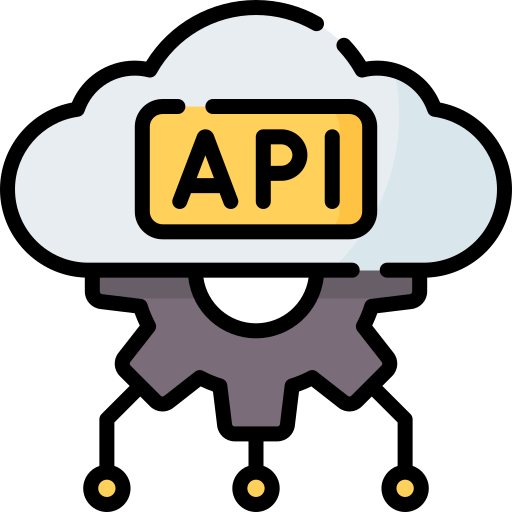In the ever-evolving marketing landscape, where data reigns supreme and automation fuels efficiency, a hidden weapon lies within the realm of technology: APIs (Application Programming Interfaces). These unsung heroes act as bridges between different platforms and services, allowing marketers to unlock a treasure trove of possibilities.
But what exactly are APIs, and how can marketers leverage them to gain an edge? Let’s delve into the world of API-powered marketing and explore its transformative potential.
Demystifying APIs for Marketers
Imagine APIs as waiters in a high-end restaurant. They take your order (your marketing request) and deliver it directly from the kitchen (the other platform) without you ever needing to step foot in the back. Marketers can use APIs to access and integrate data and functionalities from various sources, streamlining workflows and amplifying campaign effectiveness.
Here are just a few examples of how APIs empower marketers:
- Social Media Marketing: APIs from platforms like Facebook, Twitter, and LinkedIn allow marketers to schedule posts, track campaign performance, and gain valuable audience insights – all from a central hub.
- Email Marketing: Leverage email marketing platform APIs to personalize emails with customer data, automate abandoned cart recovery campaigns, and trigger targeted messages based on user behavior.
- Marketing Analytics: APIs from analytics platforms like Google Analytics or Adobe Analytics provide in-depth data on website traffic, user behavior, and campaign performance, enabling marketers to optimize their strategies for maximum impact.
- Content Marketing: APIs can be used to curate content from various sources, automate social media sharing, and personalize website content based on user preferences.
The Benefits of API-powered Marketing
The advantages of incorporating APIs into your marketing strategy are numerous:
- Enhanced Efficiency: Automate repetitive tasks, streamline workflows, and free up valuable time for more strategic initiatives.
- Deeper Data Insights: Consolidate data from various sources to gain a holistic view of your audience and campaign performance.
- Improved Personalization: Deliver targeted experiences across all touchpoints, fostering stronger customer relationships.
- Increased Agility: Respond quickly to market trends and adapt your campaigns in real-time based on data insights.
- Expanded Reach: Leverage the functionalities and data sets of other platforms to extend your marketing reach.
Getting Started with Marketing APIs
The good news is that you don’t need to be a tech whiz to leverage the power of APIs. Many marketing platforms offer user-friendly API access, often with readily available documentation and tutorials. Here are some steps to get you started:
- Identify Your Needs: Determine which areas of your marketing strategy could benefit most from API integration.
- Research Available APIs: Explore the APIs offered by marketing platforms you already use or consider integrating with.
- Understand the Documentation: Familiarize yourself with the API’s functionalities and how to integrate it with your existing tools.
- Start Small: Begin with a simple API integration and gradually expand your use as you gain confidence.
By embracing APIs, marketers can unlock a new level of automation, personalization, and data-driven decision making. So, ditch the manual processes and embrace the API revolution – your marketing campaigns will thank you for it.


